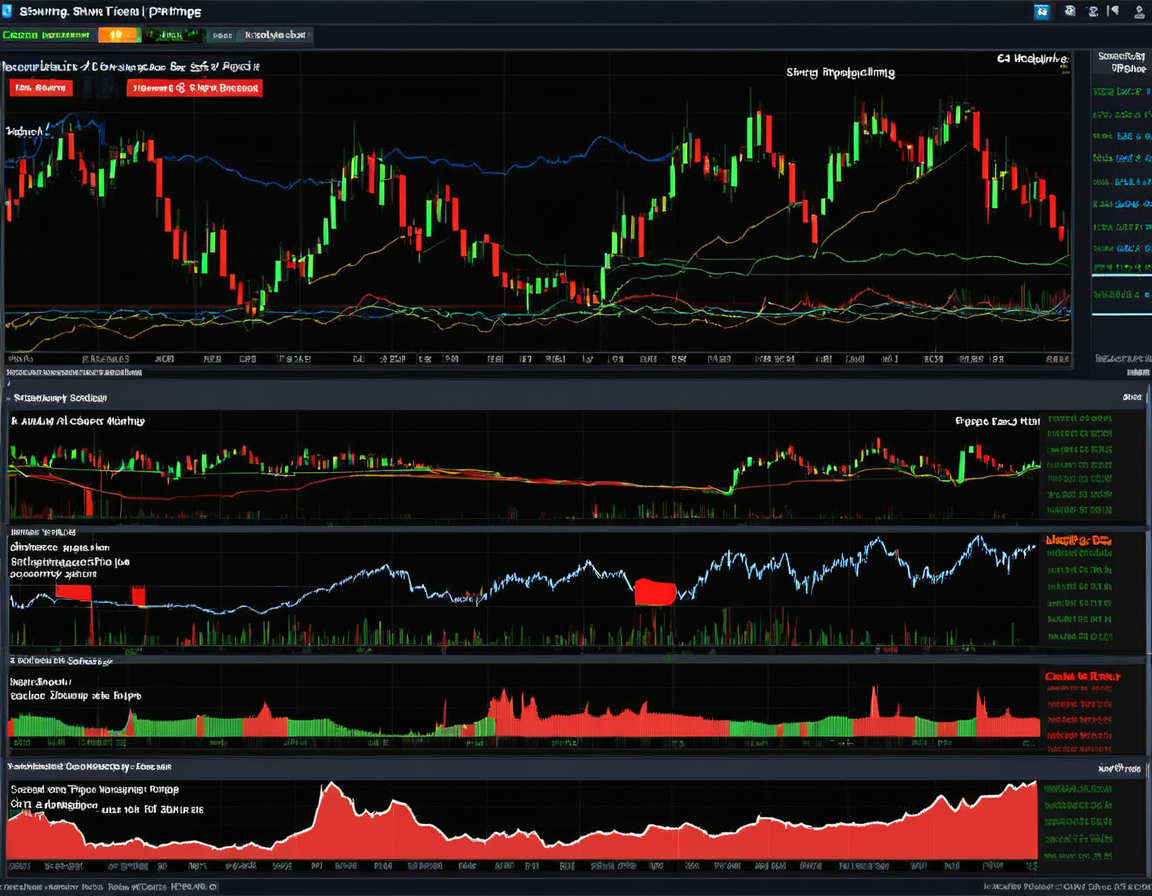How to Trade Forex in India: Legal Regulations, Best Platforms & Expert Tips (2024)
Introduction:
Forex trading has garnered significant interest in India as investors seek to diversify their portfolios and tap into global currency markets. However, trading forex in India comes with its own set of legal requirements, platform choices, and trading strategies. In this guide, we will cover everything Indian investors need to know to start trading forex legally, choose the best platforms, and employ effective tips for successful trading.
Understanding Forex Trading Legalities in India
Forex trading in India is regulated by the Reserve Bank of India (RBI) and governed by the Foreign Exchange Management Act (FEMA). Indian investors can only trade forex through authorized exchanges like the National Stock Exchange (NSE), Bombay Stock Exchange (BSE), and Metropolitan Stock Exchange (MSE). These exchanges only allow the trading of currency pairs that involve the Indian Rupee (INR), such as USD/INR, EUR/INR, GBP/INR, and JPY/INR.
Is Forex Trading Legal in India?
Yes, forex trading is legal in India, but only for currency pairs that involve the Indian Rupee. Trading other foreign currency pairs through unauthorized platforms or brokers is illegal and can result in penalties.
Key Regulatory Bodies for Forex Trading
- Reserve Bank of India (RBI): Manages foreign exchange policies and controls forex markets in India.
- Securities and Exchange Board of India (SEBI): Regulates forex brokers and platforms to ensure they adhere to legal guidelines.
Choosing the Best Forex Trading Platforms for Indian Investors
To legally trade forex in India, investors must use SEBI-registered brokers and platforms. Here are some of the best options for 2024:
1. Zerodha
Zerodha is a popular platform among Indian investors, offering currency futures and options trading. Its intuitive interface and low brokerage fees make it a great choice for beginners.
2. Upstox
Upstox provides access to currency trading on NSE and BSE. It offers advanced charting tools, a mobile app, and competitive trading fees, making it a favorite among professional traders.
3. Angel One
Angel One is a full-service broker offering forex trading along with comprehensive research reports and market insights. The platform is ideal for investors looking for personalized support and resources.
Step-by-Step Guide to Trading Forex in India
Once you’ve selected a legal forex broker, you’re ready to start trading. Here’s a simple step-by-step guide to get you started:
1. Open a Trading Account
Choose a SEBI-registered broker and open a trading account. Ensure that the broker offers INR-based currency pairs as part of their services.
2. Fund Your Account
After verifying your account, deposit funds using a bank transfer or payment gateway. Always use funds you can afford to risk in the forex market.
3. Choose a Currency Pair
Select an INR-based currency pair, such as USD/INR, GBP/INR, EUR/INR, or JPY/INR. Analyze the pair using technical and fundamental analysis before placing a trade.
4. Place a Trade
Decide whether to buy or sell the currency pair based on your analysis. You can enter a market order (executed immediately at the current market price) or a limit order (executed when a specific price is reached).
5. Monitor and Exit
Keep track of your open trades. Set stop-loss orders to minimize potential losses and take-profit orders to lock in gains. Close the trade when your target is reached or based on market conditions.
Essential Tips for Forex Trading in India
Forex trading can be profitable, but it’s essential to approach it with the right mindset and knowledge. Here are some expert tips to guide Indian traders:
1. Stay Updated on Economic News
Currency prices are highly influenced by global events and economic indicators such as inflation, interest rates, and political developments. Keep an eye on economic reports from major forex markets to stay ahead.
2. Use Technical and Fundamental Analysis
Successful forex trading requires a combination of technical and fundamental analysis. Use moving averages, RSI, and support/resistance levels for technical analysis. On the other hand, analyze macroeconomic factors, interest rate decisions, and government policies for fundamental analysis.
3. Start Small and Scale Gradually
If you’re a beginner, start by trading small amounts. As you gain experience and confidence, gradually increase your positions and diversify your currency pairs.
Risk Management in Forex Trading
Risk management is critical to successful forex trading. Follow these risk management techniques to protect your capital:
1. Set Stop-Loss Orders
Always set a stop-loss order for every trade. This will automatically close your position if the market moves against you, minimizing losses.
2. Avoid Overleveraging
Leverage can magnify profits, but it can also lead to significant losses. In India, leverage is capped at 1:20, so be cautious and avoid overleveraging your trades.
3. Diversify Your Trades
Avoid putting all your capital into one trade. Instead, diversify your positions across multiple currency pairs to spread risk.
Conclusion
Forex trading offers exciting opportunities for Indian investors, but it’s essential to stay within the legal framework, choose a reliable trading platform, and apply sound strategies. By following the tips and strategies mentioned in this guide, you can navigate the forex market with confidence and increase your chances of success. As 2024 unfolds, the forex market will present new opportunities, and with the right approach, Indian traders can make the most of them.






